
Knowing the Drill: La Trobe Uni School of Dentistry
AV fills you in on the details of this innovative dental lab.

Text:\ Graeme Hague
Images:\ Brenden Fletcher
My first serious brush with a dentist (excuse the pun) was in the navy during the late ’70s – yes, I’m that old. The RAN had its own dentists who had a simple policy of “no teeth, no problem” and set to work on yours truly with several power tools borrowed from the boiler-making workshop next door, reducing my teeth to something resembling Stonehenge. Okay… maybe a childhood of spending my lunch money on soft drinks and lollies rather than something nutritious might have been another factor. Regardless of who’s really to blame for my far-from-pristine smile I have long since suffered a strong aversion to visiting the dentist and – you’ll have to agree – I’m far from alone, even though the science of dentistry and the training of the practitioners has come a very long way from the days of Captain Pugwash attacking me with a masonry bit.
WORKING (ORAL) BEE
Fortunately, and despite the horror stories, plenty of people still want to become dentists and La Trobe University in Bendigo identified the need for a new, state-of-the-art school of dentistry that could cater for rural and regional areas of Victoria. System integrators IBS Audio Visual (previously known as Integrated Broadcast Systems) was awarded the contract for the audiovisual component of the school. The job of system design, from original concept right through to flicking the ‘on’ switch, fell to two people, Lester Mayhook-Farmer at IBS AV and Linton Schier, the Senior Audio Visual Engineer at La Trobe. Apparently still with time on his hands, Lester also got to project-manage the entire installation.
This turned out to be three distinct and separate laboratory zones to be distributed across the entire network of the facility as required. Any zone had to be linkable to any other with signal distribution to be narrowed right down to feeding into or from an individual student’s workstation. To achieve this, the lecturer’s broadcast positions – almost identical in each of the three laboratories – needed a significant amount of connectivity and localised control.
Each of the lecturers’ consoles have the same equipment. In no order of importance (take a breath here), there is a 12-inch AMX NXT-CV12 Colour Touchscreen, an Elmo 5600 XGA Document Camera, a Panasonic DMR EX77 DVD Recorder (with output scaled to 1366 x 768 and input compressed from 1366 x 768 to SVHS), plus a computer and a laptop connection in case the provided PC isn’t enough, an auxiliary input plate, ceiling-mounted Sony EVI-D70 PTZ camera, a gooseneck presenter microphone and both a lapel or handheld Shure wireless microphone and, finally, an LCD monitor. An AMX NI4100 NetLinx integrate controller with three COM2 cards installed, acts as the hub of the system, with IBS AV’s Steve Corva taking care of the programming.
(above) Lab B where each of the 31 student learning stations is equipped with a simulated patient’s head and full complement of dental equipment.
Monitor arms are used to enable the students to follow on-screen exercise instructions without impeding their acess to the patient and the equipment.

DENTAL ASSISTANCE
The first zone, Laboratory A is the most conventional of the three. Here the lecturer addresses a 200-plus seat auditorium and lesson content is displayed on a 115-inch Screen Technics motorised screen by two ceiling mount Mitsubishi XD2000 XWGA projectors. As mentioned, the network allows material to be sourced from the other two zones as well, but Laboratory A often doubles as a presentation space for guest lecturers who have no requirement to tap into the wider resources available.
The second zone, Laboratory B, is where things get a little more innovative. Here are 31 individual computer learning stations with a 22-inch widescreen monitor, all connected to the network and the lecturer’s position. The network allows the lecturer to override either all the students’ computers collectively, a selection or any station individually. Students work independently, at their own pace, through programmed practical exercises, following the steps displayed on their learning station screen.
Together with a dummy head fitted with practice teeth, each learning station has a full set dentist’s usual instruments of torture – sorry, tools of trade – such as pedal-operated drills, suction and hand tools along with professional lighting. The term ‘ergonomic’ gets bandied about with some abandon these days, but in this case IBS AV did have to give careful thought to the design of AV devices at the workstations. Performing dental procedures is – in all seriousness – hands-on work and it was important that the experience of the students at La Trobe wasn’t too far removed from the reality awaiting them in the outside world. While the AV facilities are a vital part of the teaching process, they had to stay transparent and separated from the virtual environment of the classroom, so screen mounts on articulated arms were installed to ensure correct positioning of the AV equipment.
The third zone, Laboratory C is a ‘wet area’ laboratory. When it comes to anything medical, even dentistry, it’s probably best to leave up to your own imagination what involves ‘wet’ procedures. Suffice to say it’s not a place for delicate AV gear to be within splatter distance, so while Laboratory C again, has the same lecturer’s console, out on the classroom floor the students’ main visual information comes from six Mitsubishi LCD 461V 46-inch ceiling-mounted LCDs and two Dell 22-inch wall-mounted monitors.
“”
While the AV facilities are a vital part of the teaching process, they had to stay transparent and separated from the virtual environment of the classroom


AUDIO WITH TEETH
Audio distribution of all types such as microphone feeds and line-level feeds from equipment is handled by a pair of Nexia Biamp CS units with the final amplification coming from two Inter-M QD4480 power amps. PA delivery to the students in all three laboratories is comparatively straightforward with six JBL Control 26C ceiling speakers for each zone.
Adding everything up, more than 40 signal sources – the three lecturer’s positions with 12 inputs each plus equipment like the new radiography booth’s X-ray machines – had to be routable to over 60 different end points throughout the facility with an almost infinite combination being available. It became a challenge to design a GUI for the touchscreens that would allow everyday users to program their desired signal distribution and operate the system without needing a rocket scientist on hand to help out (although, at a university you’d expect one to be within hollering distance, right?). Again, IBS AV worked closely with La Trobe staff to come up with a GUI that is simple and intuitive, yet provides full control. Although the equipment racks in each laboratory are fully loaded, the lecturers don’t have to operate any of it from beyond the touchscreen GUI aside from loading in physical media like DVDs. Any number of signal distribution possibilities can be configured from any of the three lecturers’ touchscreens.
SAY AH
Finally, there’s plenty of room for expansion – a specific requirement of the client brief. IBS AV has provided not just for more people using the facility in the years ahead, both more students and lecturers, but also for extra equipment that will need to be accessed from across the whole network. Some additions have already been put in place. That radiography booth now delivers X-ray results throughout the facility. In the short term there are plans to duplicate the large motorised screens and projection available in Laboratory A into Laboratory B. An interesting future acquisition will be a Surgicam, a head-worn mobile camera that the students will wear as they work with the data streamed wirelessly to the system.
The future for dentists is looking bright – that’s bright, white and without a cavity in sight.

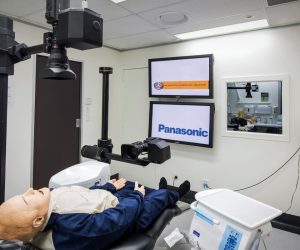
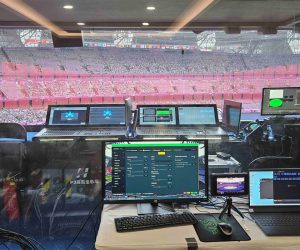
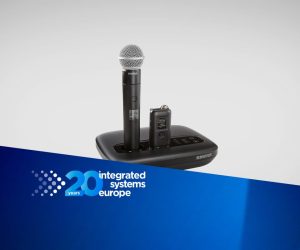

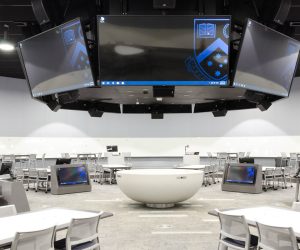

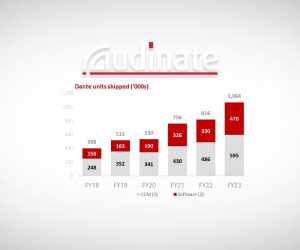
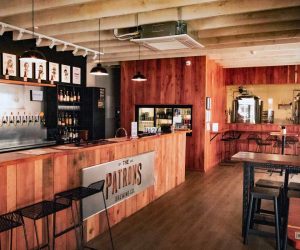

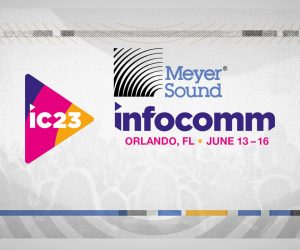
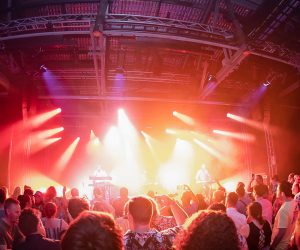
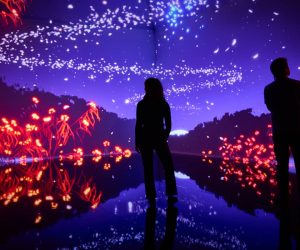


RESPONSES